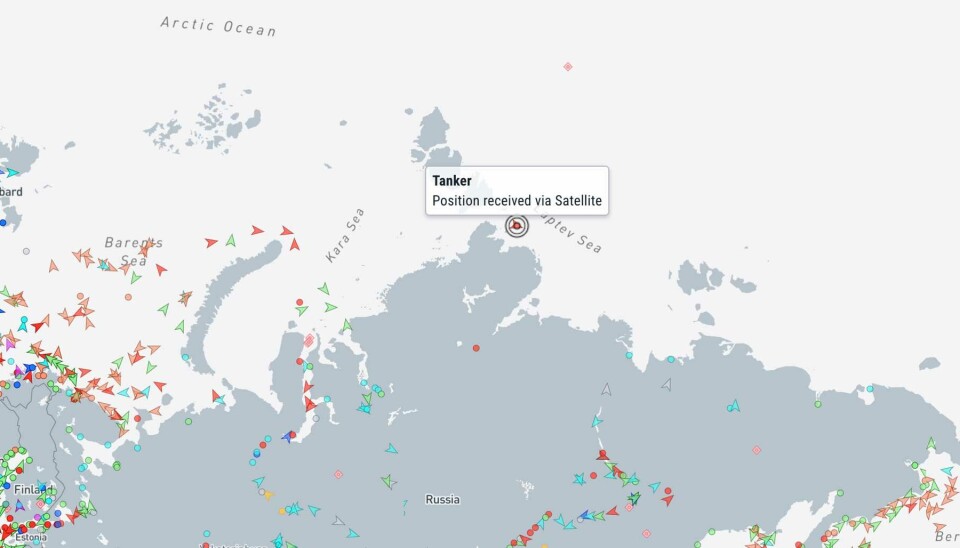
Sea-ice lies thick on the water as Russian oil tanker sails Arctic route without icebreaker escort
Loaded with up to 38,000 tons of oil, the 245 meter long tanker Shturman Skuratov makes this year's first transit shipment on the Northern Sea Route. Despite major concentrations of sea-ice, the tanker sails without icebreaker assistance.
Information from ship tracking services show that the oil tanker on the 21th of June made it through the Vilkitsky Strait, the icy waters that separate the Kara Sea and the Laptev Sea.
It is first transit shipment of the kind on the remote Northern Sea Route this year. Two heavy loads carriers sailed transit on the route in February, but they carried industrial plant modules, not hydrocarbons.

The Shturman Skuratov is carrying up to 38,000 tons of oil. It is part of a fleet of six tankers that serve the Novy Port oil field in the Yamal Peninsula. Normally, the ship shuttles between the Novy Port terminal in the Ob Bay and a floating oil terminal in Murmansk.
The tanker has top ice-class Arc7 and capable of independently breaking though sea-ice up to 1,8 meter thick.
The ice-protection will be dearly needed. Despite the approaching summer times, there is still plenty of sea-ice along the Russian Arctic coast.
Ice maps from the Russian Arctic and Antarctic Research Institute show that the oil tanker will have to sail in thick ice through major parts of the voyage. Eastern parts of the Laptev Sea have some open waters. But the Vilkitsky Strait and the waters south of the New Siberian Islands still have fast ice. Practically all of the East Siberian Sea is covered by ice.
Despite the complicated sea-ice conditions, the Shturman Skuratov is sailing without icebreaker assistance. According to the Northern Sea Route Administration, the tanker has permission to sail independently on the route from 1st of June 2024 to 31st of January 2025.
The ship has Kozmina, the port located on the Russian Pacific coast, as its destination. It is due to arrive in Kozmina at 11th of July.
The vessel is operated by Sovcomflot, but serves company Gazprom Neft and its Arctic operations.















